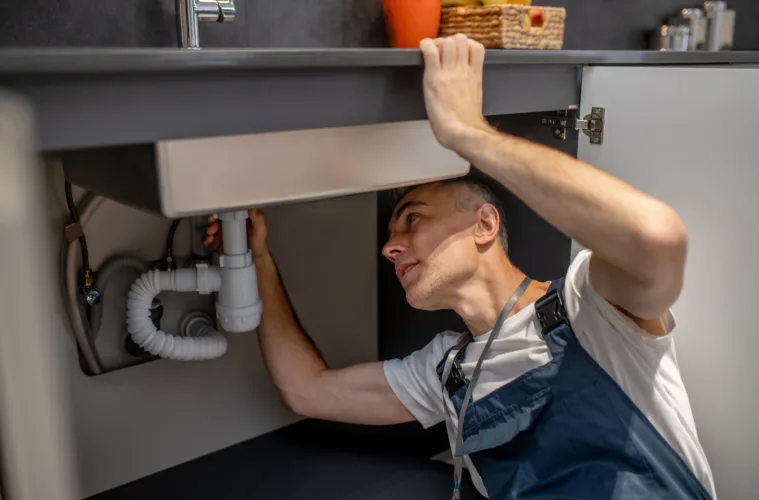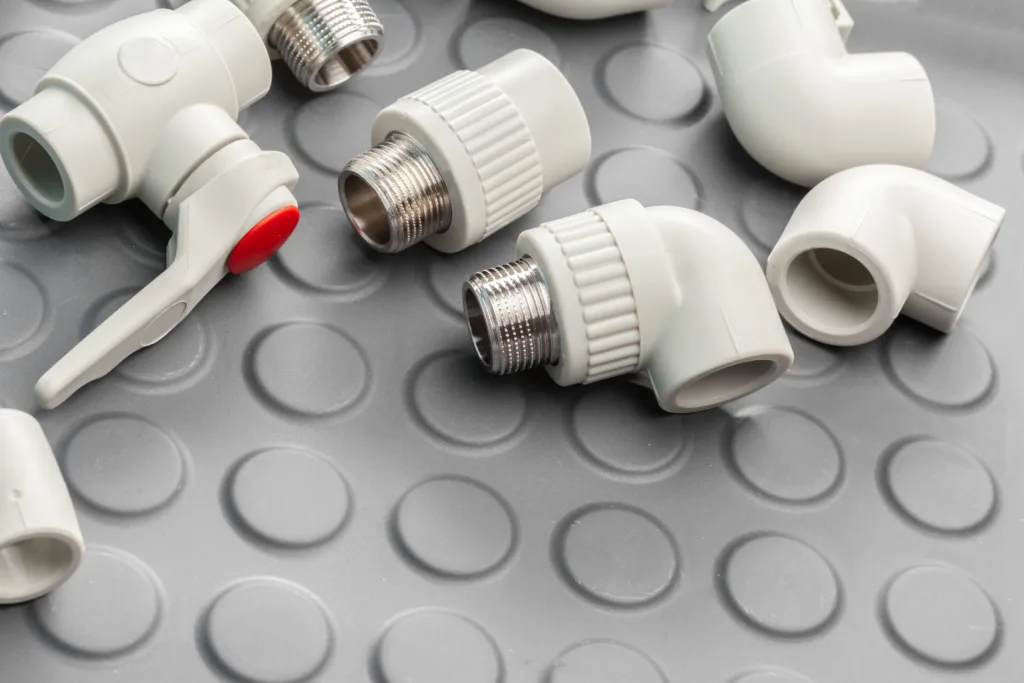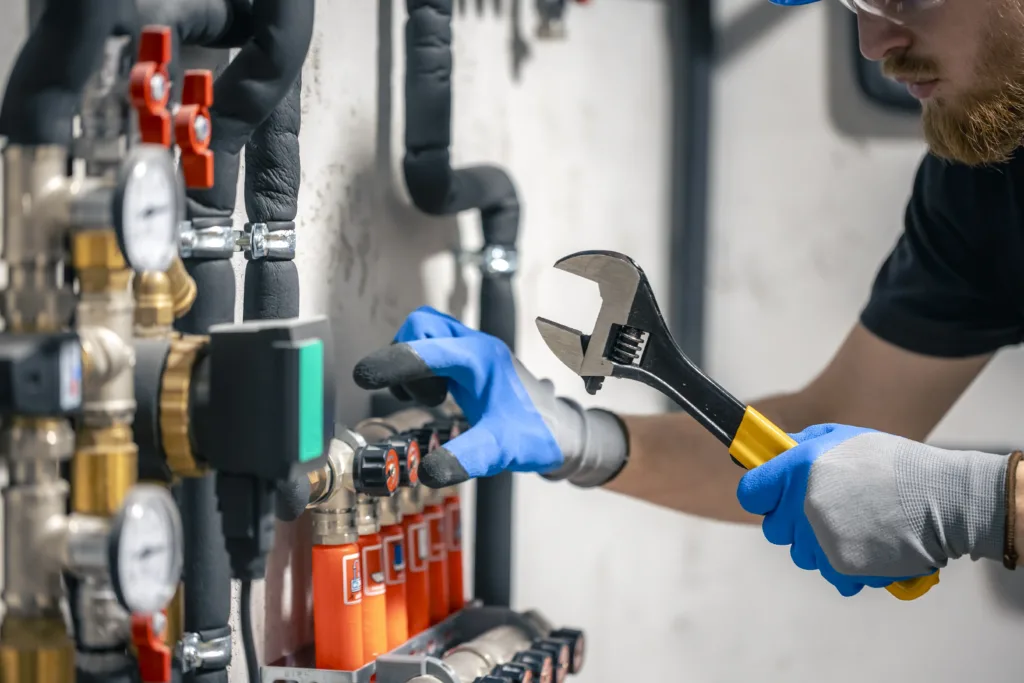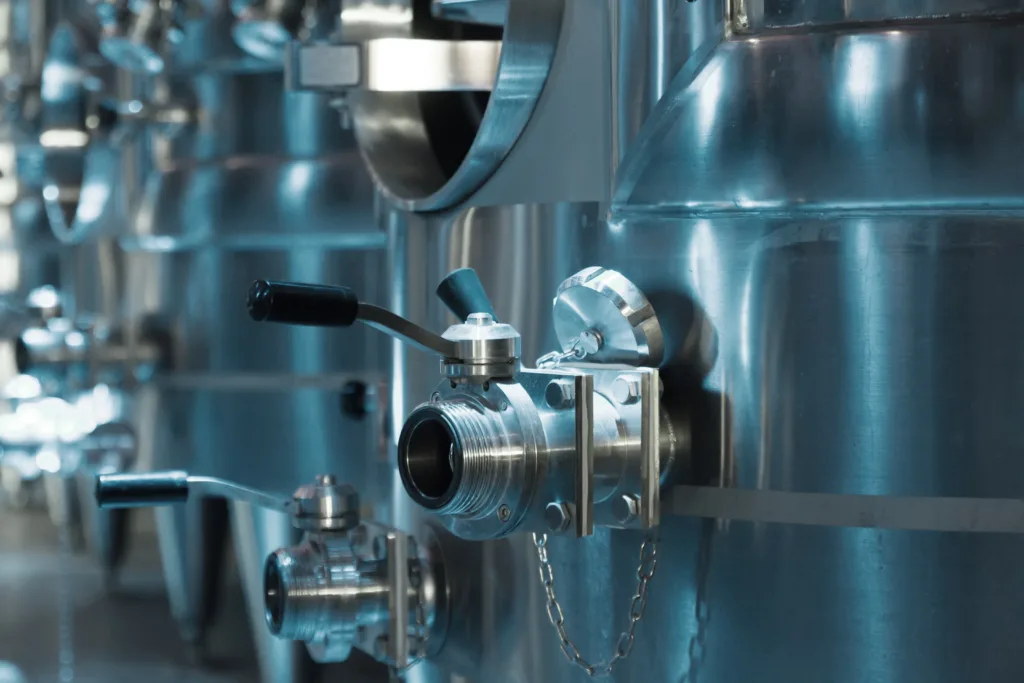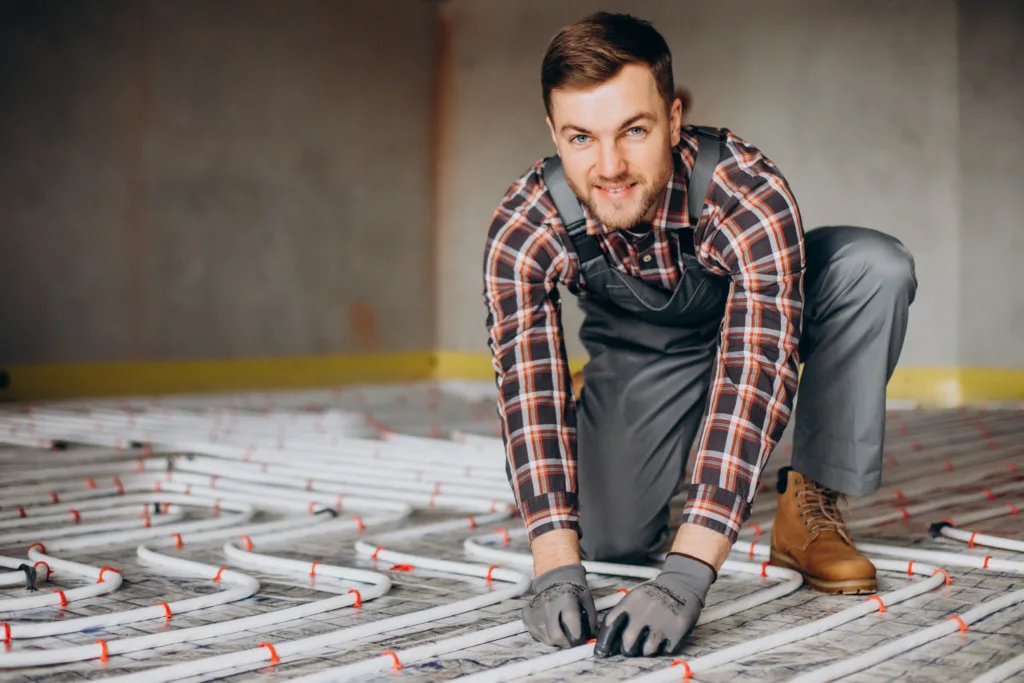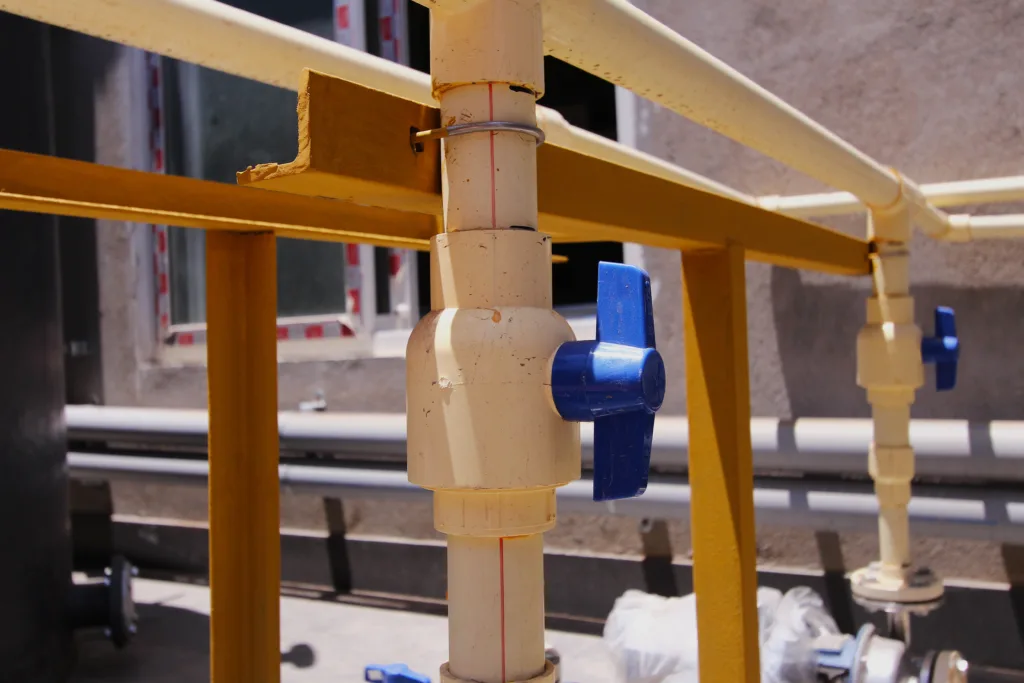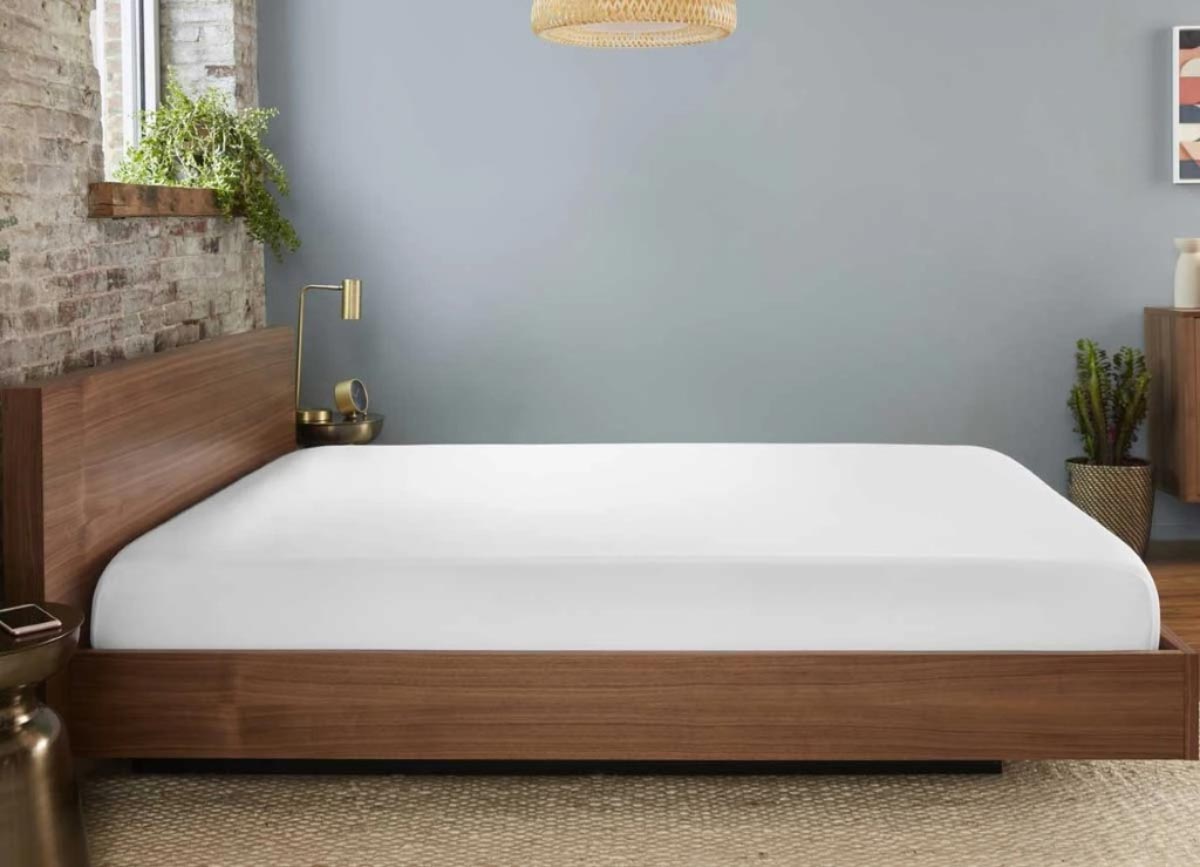What Invisible Plumbing Really Means
Invisible plumbing refers to strategic design choices that conceal pipes, fixtures, and drainage
systems within walls, floors, or cabinetry, creating a seamless aesthetic. Unlike traditional
plumbing, which often features exposed pipes or visible access points, hidden systems integrate
infrastructure without disrupting the interior design. These systems rely on advanced routing,
compact fixtures, and modern materials to ensure both functionality and discretion. Consulting a plumber during the planning stage is essential to ensure that the concealed design maintains
both efficiency and long-term reliability.
Most discussions on invisible plumbing focus on aesthetics, but it is about more than just hiding
pipes—it redefines how water flow and accessibility are managed. Traditional plumbing systems
prioritize function over form, assuming some exposure is necessary for maintenance. Invisible
plumbing shifts this approach, integrating infrastructure into the architecture much like HVAC
ducting or electrical conduits. The key difference is that invisible plumbing requires a design-first
mindset, making it an integral part of the home's structure rather than an afterthought.
Why Hidden Plumbing Is the Future of Home Design

Aesthetic minimalism is a major driver of the shift toward hidden plumbing. Homeowners and
architects increasingly favor clean lines, uninterrupted surfaces, and sleek modern designs.
Beyond visual appeal, hidden plumbing also enhances space efficiency, reduces noise from
water flow, and contributes to property value by creating a polished, high-end look. Additionally,
concealed systems align with sustainable and smart home trends, incorporating efficient water
use and leak detection technology.
The real reason behind the shift, however, is the evolution of home design itself. Open-concept
living has transformed the way utilities are integrated. Kitchens now blend with living spaces,
bathrooms resemble spa retreats, and exposed pipes no longer fit within these aesthetics.
Hidden plumbing is also a response to rising property values—homeowners see it as an
investment rather than a luxury. For architects, it provides creative freedom by eliminating the
restrictions imposed by visible pipes and fixtures
Designing Plumbing Without Disrupting Aesthetics
For a successful hidden plumbing design, early planning is critical. Concealed systems must be
considered from the blueprint stage to avoid costly retrofitting. Pipes should be strategically
routed within walls, floors, or cabinetry to minimize bulk and maximize usable space. Special
insulation or acoustic barriers can be used to reduce the sound of water movement in hidden
pipes. Access panels should be thoughtfully positioned to ensure maintenance without
compromising design. Additionally, wall-mounted faucets, in-wall cisterns, and linear drains
enhance the seamless look.
Rather than simply listing best practices, it is important to recognize that plumbing design is no
longer just about function—it is about invisibility as a performance feature. Plumbing should be
embedded in the overall spatial flow rather than merely hidden. Architectural synergy ensures
that plumbing works alongside structural and mechanical elements rather than being tucked
away as an afterthought. Dual-purpose materials, such as walls that double as access panels or
furniture that houses plumbing components, are also key to effective concealed plumbing.
Future-proofing is another essential consideration, as the best-hidden plumbing designs allow
for modifications without major demolition.
Innovative Materials and Technology Behind High-Performance Hidden Systems
Modern concealed plumbing systems rely on advanced materials and technology. PEX (cross-
linked polyethylene) is more flexible and durable than traditional copper or PVC, allowing for
fewer joints and easier hidden routing. Pre-fabricated in-wall systems integrate water supply and
drainage units for sleek installations. Acoustic insulation wraps help reduce noise in concealed
plumbing, particularly in multi-level homes and apartments. Ultra-thin drainage systems enable
floor drains to remain nearly invisible while maintaining high flow rates. Smart leak detection
sensors, embedded in concealed areas, alert homeowners to potential issues before visible
damage occurs.
Beyond new materials, emerging technology is reshaping the industry. Self-healing pipes made
of advanced polymers can seal minor leaks automatically, reducing maintenance needs in hard-
to-reach areas. Nano-coated piping minimizes corrosion and scale buildup, extending its
lifespan. Modular & quot;snap-fit" plumbing systems allow for rapid assembly and disassembly without
traditional fittings, similar to a Lego-style approach. Acoustic leak detection AI uses sound
waves to identify leaks before they become visible, while integrated water-recycling systems
allow hidden plumbing to support sustainable living.
How Concealed Plumbing Enhances Functionality and
Maintenance
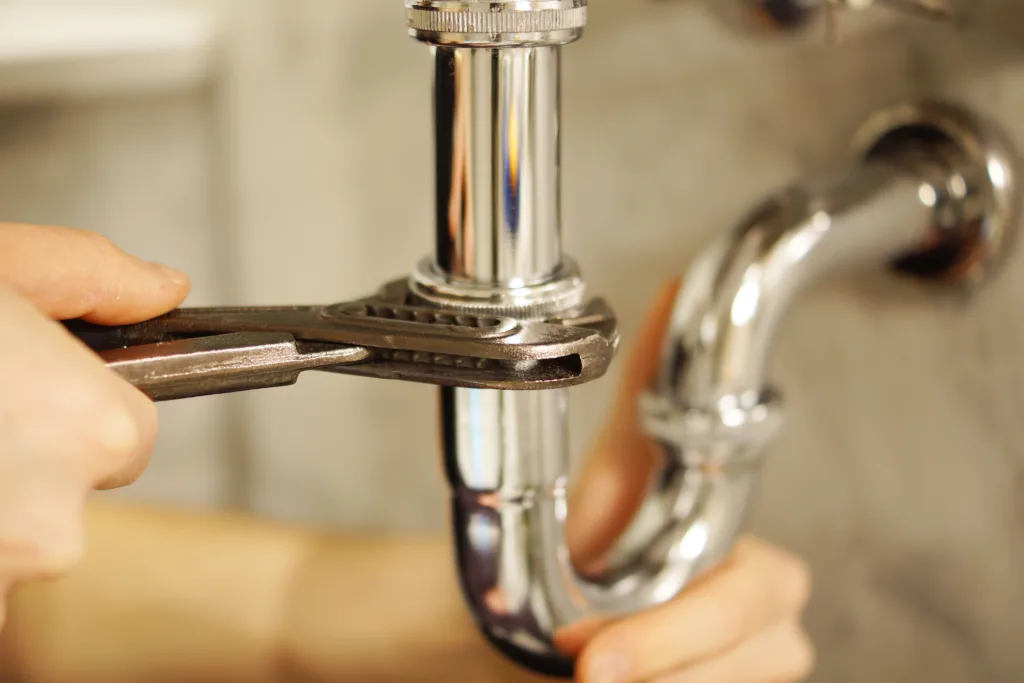
There is a common misconception that hidden plumbing makes maintenance more difficult. In
reality, well-designed concealed systems can reduce maintenance needs. Pipes are protected
from external damage and temperature fluctuations, reducing wear and tear. Insulated hidden
pipes operate more quietly than exposed systems. Without visible pipes, dust accumulation is
minimized, making cleaning easier. Strategically placed access points allow for targeted
maintenance without unnecessary wall or floor damage.
Smart diagnostics enhance functionality by detecting problems before they escalate. AI-driven
monitoring systems track pressure fluctuations and micro-leaks in real time. Concealed systems
are also less prone to external damage from temperature changes or physical impact.
Advanced designs include pre-planned replacement paths, allowing for easy upgrades, such as
swapping out a section of piping without opening entire walls.
The Challenges of Designing with Invisible Plumbing
While hidden plumbing offers many advantages, it also presents challenges. Higher upfront
costs are common, as specialized planning and materials increase initial investment. Installation
is more complex and must be integrated early in the design phase to prevent costly adjustments
later. Poorly designed systems may require extensive demolition for repairs if access points are
not properly planned. Additionally, code compliance can be a hurdle, as some local regulations
limit how or where plumbing can be concealed, requiring alternative design solutions.
Beyond cost and accessibility, a major challenge is the lack of industry-wide standards.
Retrofitting older homes with hidden plumbing requires extensive modifications, making it
impractical for some renovations. Some jurisdictions enforce strict rules regarding concealed
shutoff valves and access points, which can limit design flexibility. Cutting corners with hidden
plumbing, such as omitting access panels, can lead to expensive overhauls if maintenance
becomes necessary. Additionally, not all plumbers are trained in concealed systems, requiring
specialized labor for installation and repairs.
Smart Strategies for Accessibility and Future Repairs
Ensuring accessibility for maintenance is essential in any hidden plumbing system. Strategic
access panels can be discreetly placed in cabinetry, behind removable tiles, or within service
walls for quick repairs. Modular plumbing systems allow pre-assembled sections to be removed
or replaced without extensive disruption. Smart leak detection sensors can be placed in
concealed areas to catch issues early. Plumbing chase walls create a dedicated space behind a
false wall for easy access without damaging primary surfaces. Magnetic or click-in panels
provide access to plumbing behind walls or floors without visible hinges or screws.
Rather than simply relying on access panels, a deeper approach is needed. Decentralized water
distribution creates multiple zones with their own shutoffs rather than relying on a single access
point. Smart predictive alerts from leak sensors and pressure monitors can provide homeowners
with real-time insights to prevent water damage. Designers should prioritize hidden but
swappable components, allowing elements to be removed and replaced without demolition.
Multi-use access points integrated into shelving, cabinetry, or even movable walls further
enhance accessibility.
The Role of Smart Tech in Monitoring Hidden Plumbing
Smart technology is revolutionizing how homeowners interact with and maintain concealed
plumbing. Leak detection systems such as Flo by Moen or Phyn Plus monitor water usage and
detect micro-leaks before they cause damage. Automated shutoff valves prevent flooding by
shutting off water if abnormal usage is detected. Water pressure monitors help maintain optimal
flow rates and detect pipe stress before failures occur. Infrared inspection tools allow
professionals to diagnose hidden issues without destructive testing, and remote monitoring
systems let homeowners track water use and system health from their phones.
Brilliant Examples of Invisibing Done Rightble Plum
Many high-end hotels and resorts use in-wall toilets, linear shower drains, and hidden water
distribution to enhance aesthetics. Modern minimalist homes, such as the "Invisible House" in
California, integrate hidden plumbing seamlessly into architectural elements. High-end retail and
restaurants also use concealed plumbing to maintain sleek, uninterrupted designs. Smart
homes with integrated water management showcase the future of invisible plumbing, featuring
app-controlled leak detection, concealed graywater recycling, and hidden filtration systems.
Luxury tiny homes and high-rise modular apartments demonstrate how hidden plumbing can
maximize space while maintaining efficiency and accessibility.

